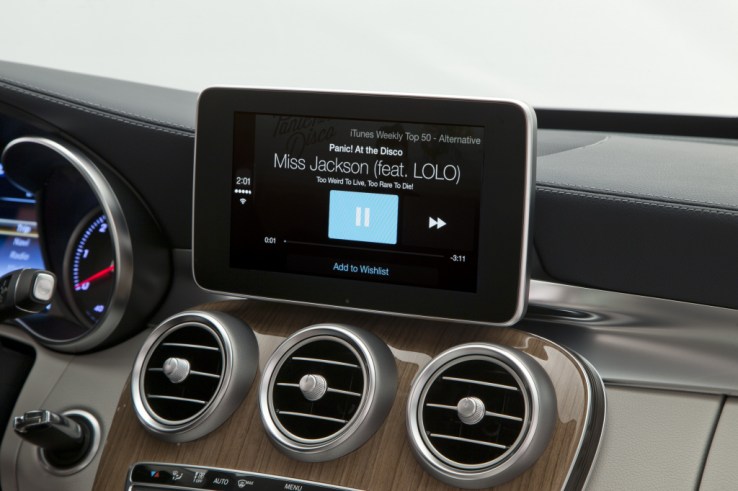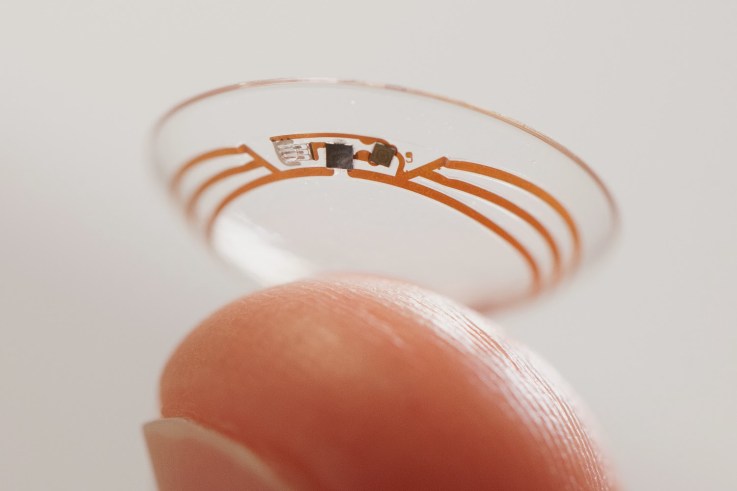
Apple has been granted a new patent by the USPTO (via AppleInsider), and it’s one that could potentially prevent a lot of careless driving. The tech described in the patent would use a phone’s on-board sensors, or a direct connection to a car using a technology like Bluetooth to limit the device’s functionality, cutting off access to stuff like SMS and email while you’re actually driving.
The patent would use information from the accelerometer and other onboard sensors to automatically determine when a car is in motion and when it’s at rest, and lock/unlock features accordingly. Some cars already feature similar functionality for onboard features, like preventing you from going through the laborious and distracting process of pairing a Bluetooth phone with a car while you’re actually moving. Apple’s system could also use direct input from a car to determine when it is and isn’t moving.
There’s also a provision described that would make it possible for the device to be used in a car by someone other than the driver. This feature is described as using visual input (i.e. a photo from the iPhone’s camera) to determine who’s a driver and who’s not behind the wheel, and then using its sensor data to determine where in the vehicle it’s being used. If used by a passenger, functions would unlock and be available for use.
The system described isn’t just about driving, however; it includes provisions for similar features integrated into a parental security mode, allowing functions like SMS to require a password or others authentication for use. Apple already lets users lock out certain functions on the iPhone via passcode, so this would likely be an extension of the range of those functions.
The truth is it would probably be unlikely for Apple to build something like this into its devices at this stage. The company seems to be more intent on offering drivers safer options for communication as found in the Siri-powered CarPlay integration Apple debuted with iOS 7.1. Actually locking out specific functions would, sadly, probably just frustrate a significant portion of users, even if it did result in safer smartphone use while driving. Look for the company to pursue more smartphone-assisted communication options with future versions of CarPlay instead.

















